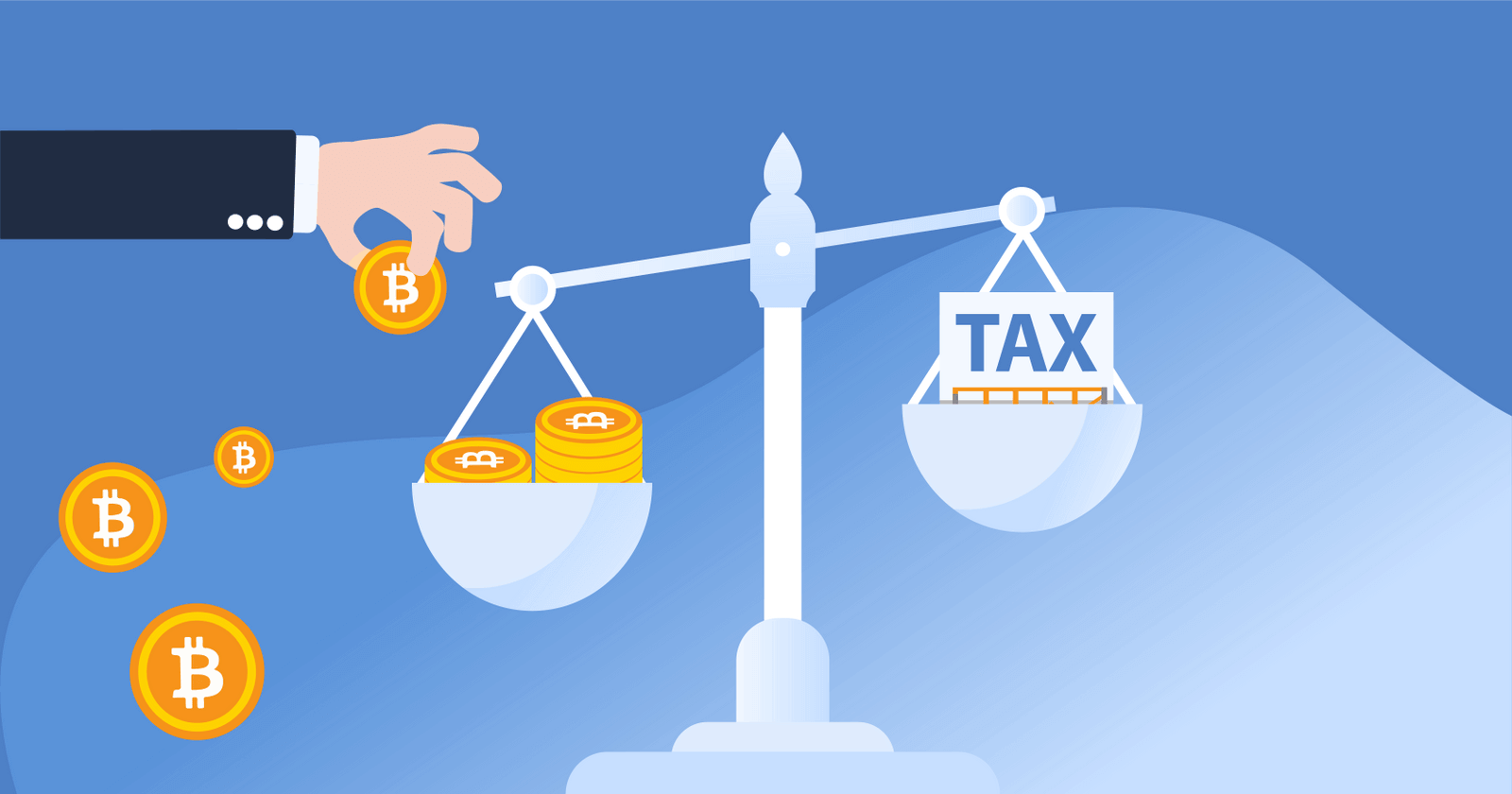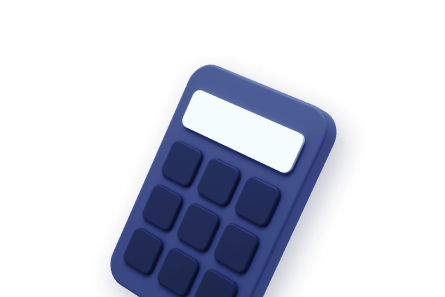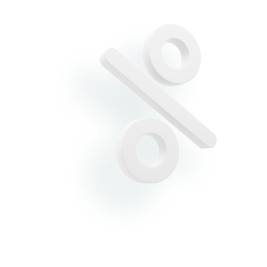

Celestia is one of the hottest new blockchains in the cryptocurrency ecosystem. In this guide, we’ll break down everything you need to know about Celestia — including its pros and cons compared to Ethereum.
What is Celestia?
Celestia is designed as a modular blockchain.
Unlike traditional blockchains like Ethereum that support both consensus and execution on separate layers, Celestia supports the consensus layer only. Theoretically, this modular design leads to greater efficiency and faster transaction speeds.
Here are a few key differences between Celestia and Ethereum:
- Modular Design: Celestia separates the consensus and execution functions — leading to faster transaction speeds.
- Focus on Data Availability: Celestia uses data availability sampling for faster transaction speeds (more on this in the next section).
- Support for Execution Blockchains: Celestia is designed to be interoperable with blockchains focused on the execution layer.

What is Data Availability and How Does it Apply to Celestia?
Most blockchains require nodes to have a complete record of the blockchain’s history. Every node is required to download and verify the complete data set every time a new transaction is made.
Celestia uses data availability sampling, where nodes verify a random sample of transactions instead of the entire blockchain history. Data availability leads to faster transaction speeds — though critics claim that it sacrifices security.
What is the TIA Token?

The TIA token is Celestia’s native cryptocurrency, used primarily for paying transaction fees and participating in governance. The token's initial supply was 1 billion units, with 7% airdropped to early adopters.
The TIA token is designed to be inflationary — with supply increasing by around 8% annually. The inflation rate is designed to decrease over time.
How to buy TIA
Currently, TIA is available on sites like Coinbase and Binance. Let’s walk through how you can buy TIA on Coinbase:
- Log in to Coinbase.
- Enter TIA in the asset search bar.
- Select the amount of TIA you wish to buy, then confirm the purchase.
How to store TIA
Once you’ve purchased Celestia, you can keep it secure by storing it in a custodial wallet. Popular Celestia wallets include Keplr and Atomic Wallet.
History of Celestia
Celestia was co-founded by Mustafa Al-Bassam, who as a teenager was involved with the hacker group LulzSec. As a Ph.D student at the University of London in 2019, al-Bassam published a paper called LazyLedger — which laid the foundation for modular blockchains and Celestia.
Al-Bassam found two co-founders to build his vision for a modular blockchain — Ismail Khoffi and John Adler. Khoffi was known for his development work in the Cosmos ecosystem, while Adler was an Applied Researcher & Development Engineer at ConsenSys.
Celestia was officially launched on mainnet in October 2023. During its launch, Celestia released $300 million worth of TIA.
Celestia’s Partnership with Polygon
In 2023, Polygon announced that Celestia was now part of its Chain Development Kit, a popular application used by developers to build Layer 2 cryptocurrency applications.
This partnership shows that Celestia’s modular blockchain design is being taken seriously by established players in the cryptocurrency space.
What is Celestia’s consensus mechanism?
Celestia is a proof of stake (PoS) blockchain. The blockchain allows users to earn rewards by staking their TIA and helping the blockchain validate transactions.
Is Celestia better than Ethereum?
It’s important to note that Ethereum is one of the most-established blockchains in the ecosystem. While many so-called ‘Ethereum killers’ have sprung up over the years, Ethereum continues to be the #2 most popular blockchain behind Bitcoin. It’s likely that Ethereum’s large existing user base gives it an advantage over competitors.
It’s likely that it will be very difficult for Celestia — or any other blockchain — to surpass Ethereum in terms of user base.
However, because Celestia is a relatively new blockchain with a smaller market capitalization, it’s likely that it has more growth potential than Ethereum.
Pros and cons of Celestia
Pros
- Speed and Scalability: Celestia might offer higher speeds and more scalability due to its approach to data availability.
- Market Potential: Because Celestia has a significantly lower market cap than Ethereum, it has more potential for growth.
- Partnerships: Celestia has partnered with trustworthy names in the blockchain space — including StarkWare and Polygon.
Cons
- Security Concerns: Some critics have suggested that modular blockchains like Celestia offer lower security.
- Competition: Other modular blockchains like Avail have sprung up as challengers to Celestia.
- Increased risk: Newer blockchains like Celestia have more risk than established blockchains like Ethereum. ‘
Does Celestia have an active user base?
As of May 2024, the Celestia network is seeing around $58 million in daily transaction volume. Meanwhile, networks like Ethereum have $11 billion in daily transaction volume.
While it’s possible that Celestia could grow to rival networks like Ethereum in the future, it’s reasonable to assume that much of the TIA token’s current value comes from speculation about the potential of modular blockchains.
How is Celestia taxed?
Like other cryptocurrencies, Celestia is subject to capital gains and income tax.
For more information, check out our complete guide to crypto taxes.
Frequently asked questions
How we reviewed this article
All CoinLedger articles go through a rigorous review process before publication. Learn more about the CoinLedger Editorial Process.

CoinLedger has strict sourcing guidelines for our content. Our content is based on direct interviews with tax experts, guidance from tax agencies, and articles from reputable news outlets.






























%20(1).png)





.png)
















